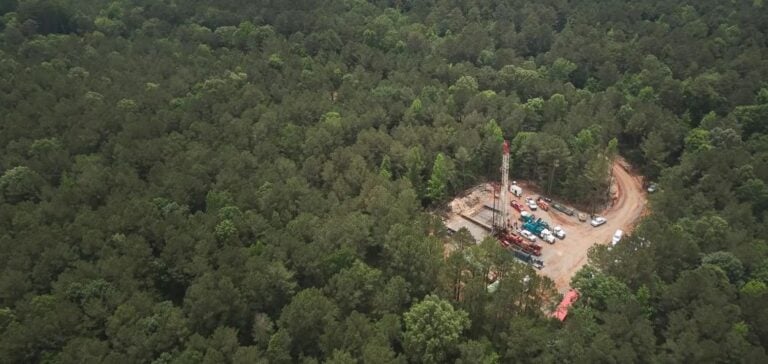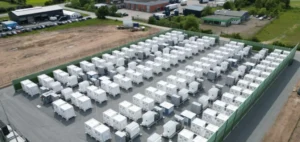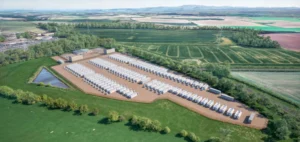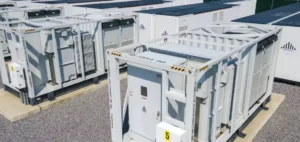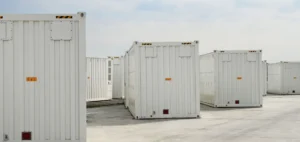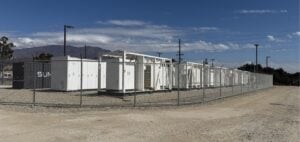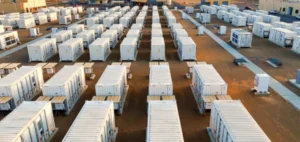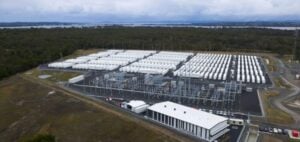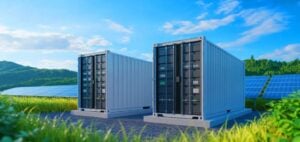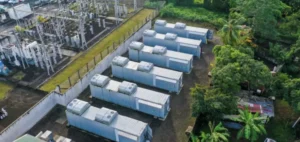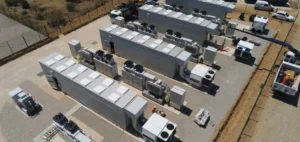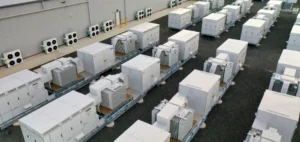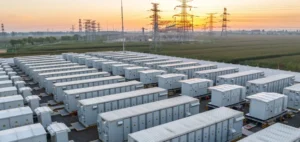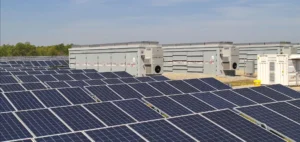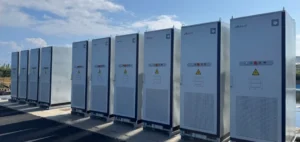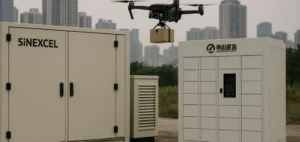SWA Lithium is a joint venture formed by Standard Lithium Ltd. (Standard Lithium) and Equinor ASA (Allmennaksjeselskap). This partnership explores the Smackover Formation in Arkansas, renowned for its lithium-rich brine. Engineers are currently drilling a well named Lester-1 to collect highly targeted geological data. This initiative is part of a continuous analysis approach, oriented toward validating its economic potential. Thus, each stage of drilling provides essential information to support both political and industrial strategy.
Definit plan for data collection
First, the team performs coring to evaluate the porosity and permeability of successive layers. This factual approach serves to determine the rock’s capacity to store and release brine. Next, pressure tests target areas suitable for pumping, a necessary condition for extracting lithium. Consequently, the collected data already guide projections regarding the efficiency of future industrial processes. Moreover, each finding fuels reflections on energy policies and potential public investments.
Operations also aim to quantify lithium concentration at various levels of the Smackover Formation. In parallel, the team re-examines several wells drilled previously, to confirm or revise the initial analyses. Thanks to this feedback, engineers refine the underground mapping and detect any possible heterogeneities in the reservoir. Furthermore, each new sample clarifies lithium content and the presence of other chemical compounds. Ultimately, this information builds a solid basis for designing politically viable production scenarios.
Definit analysis of existing wells
Hydraulic tests confirm the reservoir’s ability to sustain flows sufficient for profitable operations. The collected data are then transferred to independent laboratories for verification. In addition, this protocol helps prevent sampling bias and secures result credibility. Continuously, the project ensures consistency between political requirements and industrial imperatives tied to lithium. Hence, each phase must suit public investors and meet standards set by the authorities.
The new Lester-1 well occupies a strategic role in this large-scale optimization approach. With data from this drilling, operators refine their estimates of long-term profitability. Nevertheless, they must factor in global market fluctuations and evolving energy policies. Moreover, the project reflects a desire to diversify resources for various sectors. Consequently, each technical choice remains closely connected to governmental and industrial expectations.
Definit outlook for the market
The information gathered will contribute to the front end engineering design (FEED), a crucial phase for sizing future facilities. At the same time, the cost structure will be refined based on results from the different tests. Then, these technical elements will guide negotiations with potential commercial partners and government bodies. However, feasibility also relies on social acceptance and adherence to local environmental standards. Ultimately, every piece of data shapes a pragmatic vision, conducive to political and economic decision-making.
Current tests also focus on reassessing previous wells to consolidate all information. Thanks to these verifications, engineers can correct some assumptions and refine their geological models. Thus, planning takes into account potential risks and possible mitigation measures. Subsequently, these adjustments facilitate dialogue with public stakeholders, who remain attentive to energy opportunities. The project therefore strives for a balance between industrial imperatives and political commitments regarding regional development.
Definit evaluation and political stakes
Finally, SWA Lithium plans to release certain findings once the data have been validated internally. Institutional players await this information to evaluate the potential impact on local industrial sectors. Moreover, companies interested in lithium are closely watching the project’s competitiveness. Thus, each update plays a key role in energy strategy, at both regional and national levels. Consequently, final results will serve as a reference for possible political and industrial decisions.


